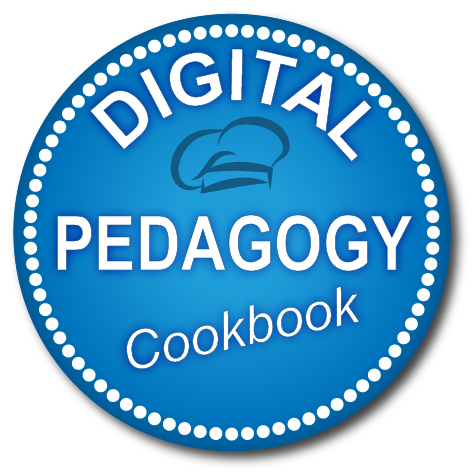Competence areas
Competence area 1: Information and data literacy
1.1 Browsing, searching, filtering data, information and digital content
Articulate information needs. Access, search within and navigate between digital environments.
1.2 Evaluating data, information and digital content
Analyse/compare/interpret/critically evaluate the credibility of digital content and its source(s).
1.3 Managing data, information and digital content
Organise / store / retrieve information digitally. Organise and process data in a structured way.
Competence area 2: Communication and collaboration
2.1 Interacting through digital technologies
Interact through various technologies with appropriate digital communication means for each.
2.2 Sharing through digital technologies
Share digital content through appropriate tech, referencing and attributing when acting as intermediary.
2.3 Engaging in citizenship through digital technologies
Participate in society through the use of public and private digital services. Seek opportunities for self-empowerment and participatory citizenship through appropriate digital technologies.
2.4 Collaborating through digital technologies
Collaborate using digital tools/technologies, and co-construct/co-create resources and knowledge.
2.5 Netiquette
Aware of behavioural norms in interactions using digital technologies/in digital environments. Adapt communication to audience, cultural/generational diversity in digital environments.
2.6 Managing digital identity
Create and manage one or multiple digital identities, protect reputation and manage the data one produces through using several digital tools and environments.
Competence area 3: Digital content creation
3.1 Developing digital content
Create & edit digital content in different formats, expression through digital means.
3.2 Integrating and re-elaborating digital content
Modify and integrate content into existing body of knowledge to create original, relevant content.
3.3 Copyright and licences
Understand how copyright and licenses apply to data, information and digital content.
3.4 Programming
Plan/develop instructions for a computing system to solve a problem or perform a specific task.
Competence area 4: Safety
4.1 Protecting devices
Protect devices and digital content, and understand risks and threats in digital environments. Know about safety and security measures and have due regard to reliability and privacy.
4.2 Protecting personal data and privacy
Protect privacy/personal data. Share data while protecting oneself and others from damages. Understand that digital services use a “Privacy policy” to inform how personal data is used.
4.3 Protecting health and well-being
Protect self and others against health-risks and threats to well-being while (e.g. cyber bullying) using digital tech. Aware of digital technologies for social well-being and inclusion.
4.4 Protecting the environment
Aware of the environmental impact of digital technologies and their use.
Competence area 5: Problem solving
5.1 Solving technical problems
Identify technical problems when operating devices & using digital environments, & solve them.
5.2 Identifying needs and technological responses
Assess needs & identify, evaluate, select & use digital tools and possible technological responses to solve them. Adjust & customise digital environments to personal needs (e.g. accessibility).
5.3 Creatively using digital technologies
Use digital tools to create knowledge, innovate processes/products. Engage individually and collectively in cognitive processing to understand and resolve conceptual problems digitally.
5.4 Identifying digital competence gaps
Able to support self/others with digital development understanding where competence needs updating/improvement. Seek opportunities for self-development in line with digital evolution.
